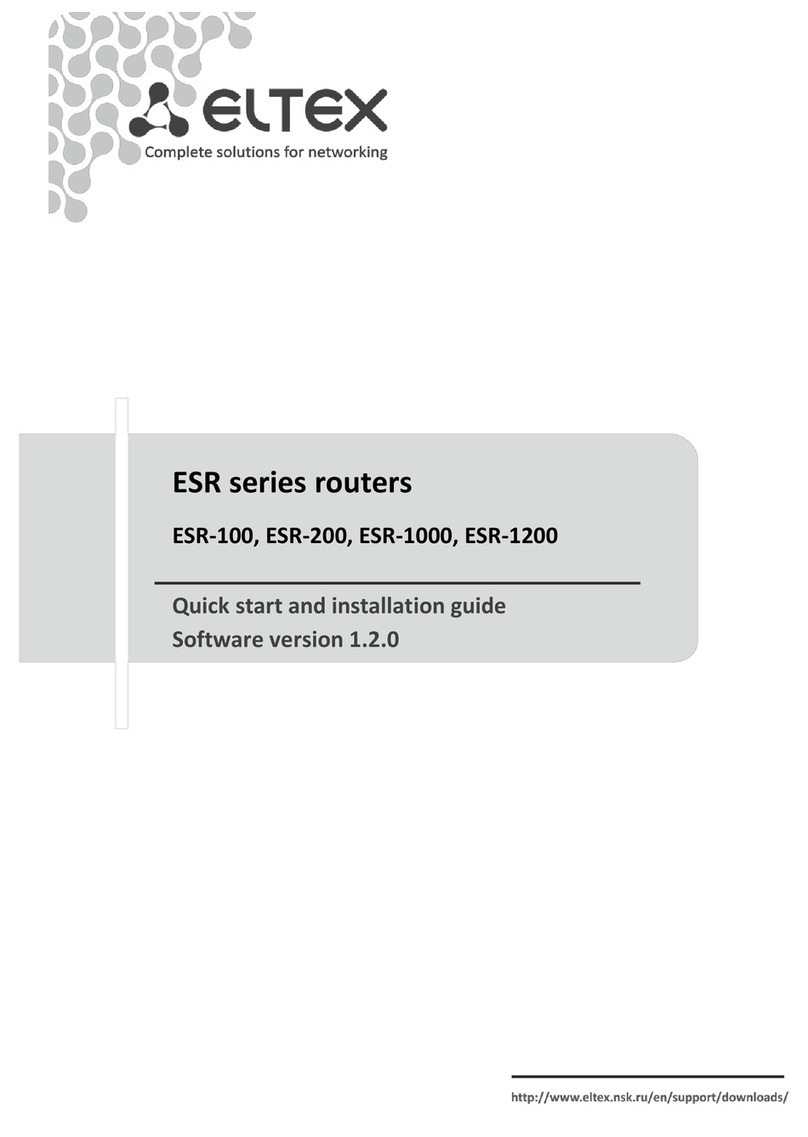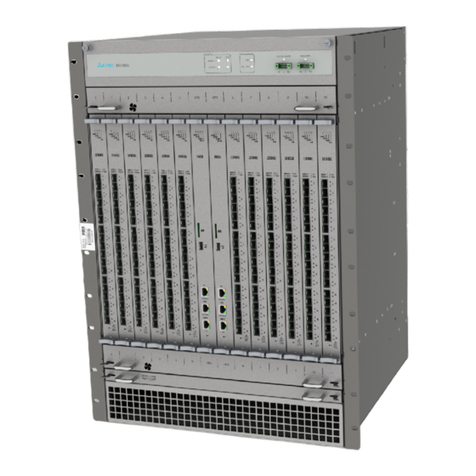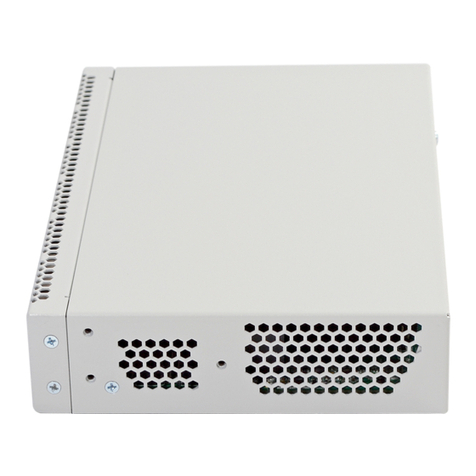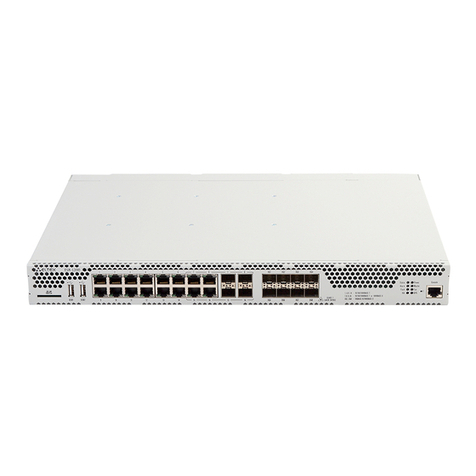11.10.1 Configuration algorithm ............................................................................................ 285
11.10.2 Configuration example .............................................................................................. 292
12 MPLS technology management....................................................................................... 295
12.1 LDP configuration ............................................................................................................. 295
12.1.1 Configuration algorithm ............................................................................................ 296
12.1.2 Configuration example .............................................................................................. 297
12.2 Configuring session parameters in LDP.......................................................................... 300
12.2.1 Algorithm for setting Hello holdtime and Hello interval in the global LDP
configuration .............................................................................................................. 302
12.2.2 Algorithm for setting Hello holdtime and Hello interval for address family........... 302
12.2.3 Algorithm for setting Keepalive holdtime parameter in the global LDP
configuration .............................................................................................................. 303
12.2.4 Algorithm for setting Keepalive holdtime parameter for the specific neighbor .... 303
12.2.5 Configuration example .............................................................................................. 303
12.3 Configuring session parameters in targeted-LDP........................................................... 305
12.3.1 Algorithm for setting Hello holdtime, Hello interval and Keepalive holdtime for the
LDP process ............................................................................................................... 308
12.3.2 Algorithm for setting Hello holdtime, Hello interval and Keepalive holdtime for the
specific neighbor ....................................................................................................... 309
12.3.3 Configuration example .............................................................................................. 309
12.4 LDP tag filtering configuration......................................................................................... 310
12.4.1 Configuration algorithm ............................................................................................ 310
12.4.2 Configuration example .............................................................................................. 311
12.5 L2VPN Martini mode configuration................................................................................. 312
12.5.1 L2VPN VPWS configuration algorithm..................................................................... 312
12.5.2 L2VPN VPWS configuration example....................................................................... 314
12.5.3 L2VPN VPLS configuration algorithm ...................................................................... 317
12.5.4 L2VPN VPLS configuration example ........................................................................ 318
12.6 L2VPN Kompella mode configuration............................................................................. 323
12.6.1 L2VPN VPLS configuration algorithm ...................................................................... 323
12.6.2 L2VPN VPLS configuration example ........................................................................ 325
12.7 L3VPN configuration ........................................................................................................ 340
12.7.1 Configuration algorithm ............................................................................................ 341
12.7.2 Configuration example .............................................................................................. 343
12.8 MPLS traffic balancing ..................................................................................................... 357
12.8.1 Configuration example .............................................................................................. 357
12.9 Operation with the bridge domain within MPLS ............................................................. 358
12.10 Assignment of MTU when operating with MPLS............................................................ 360
13 Security management....................................................................................................... 367


































